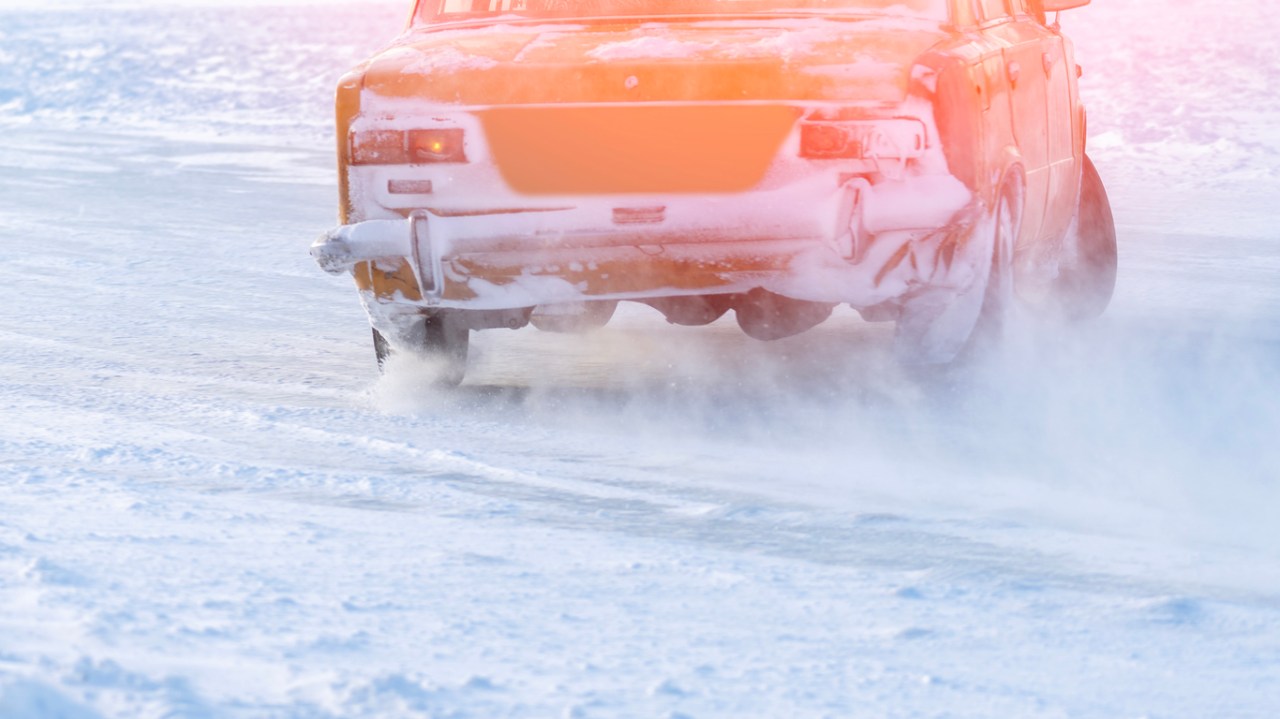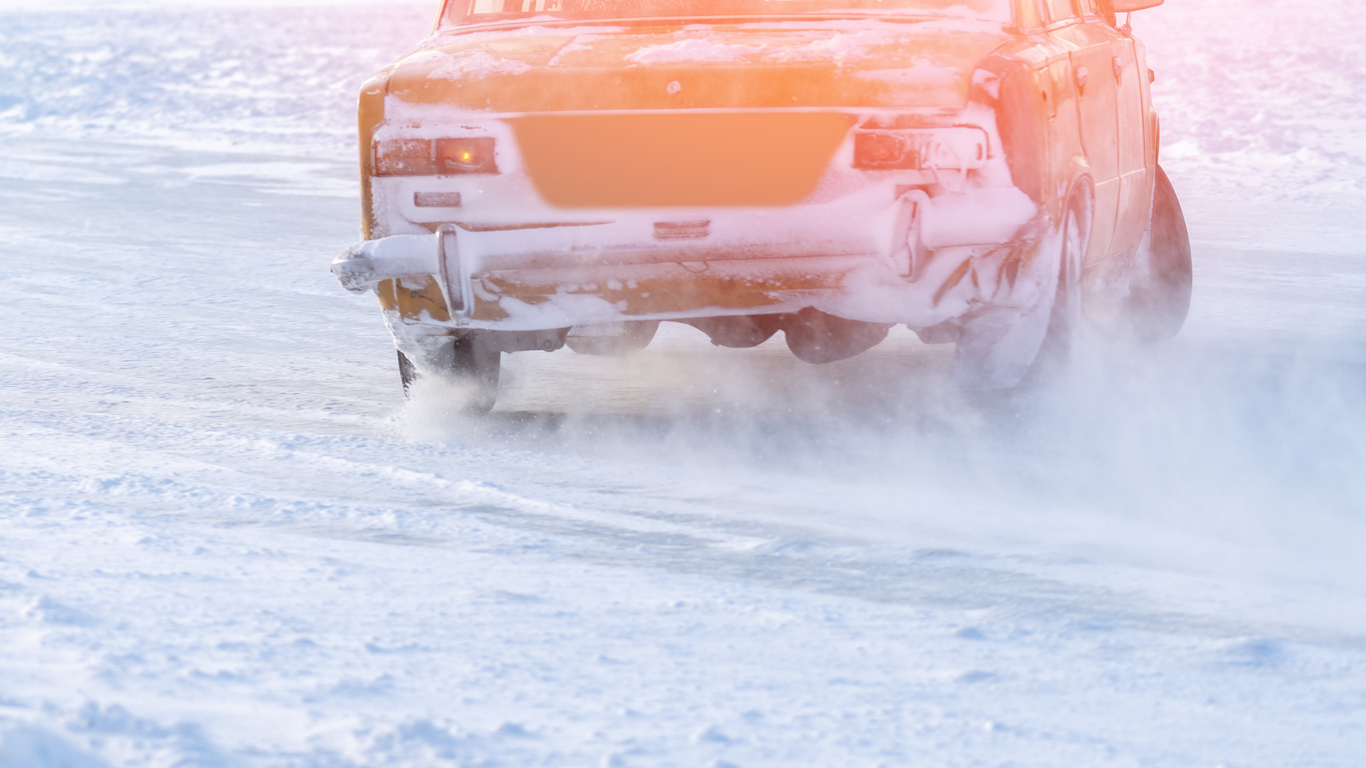Finland has a population of only 5.5 million, but it leads the world in motorsport. It’s the crucible of racing greats Markku Alén, Timo Salonen, Ari Vatanen, Keke Rosberg, Hannu Mikkola, Juha Kankkunen, Tommi Mäkinen, Mika Häkkinen, Marcus Grönholm, Kimi Räikkönen, reigning World Rally champion Kalle Rovanperä and current Formula One driver Valtteri Bottas. Known collectively as the Flying Finns, the country can boast nine F1 drivers, 57 grand prix wins and four F1 world titles, 16 World Rally crowns, five Paris-Dakar wins, two Le Mans 24 Hours victories and a World Endurance GT champion.
Could omnipresent driver aids and the green movement spell the end for the Flying Finns?
The United States of America, by contrast, has produced two F1 world champions and not a single World Rally winner, despite a population of 332 million. The UK fares a lot better in this area, but we’re still a long way down on the Finns per capita. They also put all their Scandinavian cousins in the shade. Some say there’s something in the water. More likely, it’s down to the fact that every winter the country is engulfed in a deep freeze, and in the summer the gravel forest roads remain traffic-free and slidey-slidey.
There’s also a mindset: sisu. The expression means to be stubbornly determined and courageous, and was first coined when, a few months into world war two, its comparatively tiny army managed to fend off the Soviets. ‘The Finns never surrender, and you need that in rally driving,’ Max Vatanen tells me. He’s a 33-year-old rally driver, son of 1981 World Rally champion and four-time Paris-Dakar winner Ari. We’re a long way north of the capital, Helsinki, getting to grips with some new Nissans, and I’m trying to coax them into pendular slides around a specially-created circuit that’s been ploughed on top of a lake, with over a metre of ice separating us from the fish below.
This is how Finns learn to drive; even the ones who don’t yearn for grand prix glory. On lakes, they teach themselves car control on low traction surfaces. It’s exciting, it’s skilful, and it can save lives.
‘We have something here called the peltoauto,’ reveals Max. ‘It means “field car”. Not so much in the cities, but every kid in the countryside has one.’ Some get behind the wheel as young as four. ‘They’re often not taxed for road use, but you can just drive it in the fields and learn and have fun. The environmental lobby haven’t put a stop to that yet.’
But green policies are threatening the Finns natural driving abilities in other ways. Cars with electrified powertrains like the brace of Nissans we’re driving – the hybrid X-Trail e-POWER e4ORCE (£39,165) and the all-electric Ariya e4FORCE Evolve (£54,840) – have a plethora of safety and driver aids designed to keep you from spinning your wheels or pointing in the wrong direction. This is obviously a good thing if you want to get to Sainsbury’s and back without hitting a tree, and that’s very nearly 100 per cent of people. But is it going to make you the next Kimi Räikkönen?
I can get both cars I’m driving to gracefully glide around the turns with a gentle opposite lock, but when I try something more aggressive the car’s brain takes over and sends power to different wheels, stopping me from oversteering too much. You can make it understeer, which isn’t what you want at all as you’ll just go nose-first into the snowbank, but you cannot get it as sideways as you might an un-electrified car, which often allow you to switch the traction control and electronic stability control completely off. Why the excess nannying in e-cars?
I asked senior Nissan engineer James Crisp. In addition to the safety aspect, he explained: ‘With e-powertrains, there is a danger of over-revving. They already rev much higher than an internal combustion engine – over twice as high – so we need to protect the motors. If you rev them too quickly you’ll damage the electronics.’
You can press a button to reduce the level of traction control, but there will always be a bit of it there ready to save not only you but the car’s organs. Still, with it dialled down as much as possible, and the benefit of studded tyres, I’m able to experience some satisfying drifts. I record no spins, despite some effort. ‘You can spin these cars with the settings on minimum,’ says James, ‘but you’d have to be trying very hard to do so.’
Why would anyone wish to turn them off in a non-sisu world? Because you need a bit of slip if, for example, you get stuck in mud or, like me, you prefer to be in control of the car, rather than the other way around. That said, if I didn’t have studded tyres, I wouldn’t be moving much at all. As soon they detect more than a bit of wheel spin, the motors reduce power. ‘If you were out on that lake on summer tyres on you’d be crawling around,’ says the engineer. ‘It’ll only give you the maximum amount of grip, and it wouldn’t be much fun.’
‘Any sport that you need a helmet on your head, the Finns are good at: ski jumping, ice hockey, Formula One.’ So says Laura Ylä-Lyly, a professional rally driver who serves as my instructor. She first learnt to drive on lakes aged 13 in her brother’s Ford Escort mk2 1600, a proper rally-prepped machine that was certainly a step up from a peltoalto field car. She worries that there’s a clampdown happening when it comes to driving on the frozen lakes. ‘Every single lake in winter used to have an ice track on it. Now, not so much. The government is afraid of oil and emissions harming the fish, but of course with electric you don’t have that problem.’
‘It’s true, kids would learn to drive on every lake, but because of new regulations we have less and less’, Max chimes in. ‘Nowadays, it’s not so easy [for aspiring rally drivers].’
Max’s father bought him his first car – an Opel Rekord (from some nuns, no less) – when Max was barely old enough to walk. Given the high price of electric cars, it’ll be a long time before they’re used as field cars. ‘People hold onto old cars here,’ says Max, ‘despite government scrappage inducements.’ Finland is 1.4 times the size of the UK but with 8 per cent of the population. Outside of towns and cities there’s little charging infrastructure. Plus, electric vehicle range is hampered by the minus 30 conditions.
The take up of EVs in the sticks has its challenges here in Finland. While EVs promise an emission-free nirvana (if you ignore the power stations that charge them), what concerns the people I spoke to is that they could lead Finnish motorists to lose their edge. Could omnipresent driver aids and the green movement spell the end for the Flying Finns?
‘If we compare a driver who has learned to drive in a rear-wheel-drive car without electronic driver aids, they will learn the basics of car control; what to do when it goes sideways,’ says Max. ‘They know how to handle that. And when they go to a car that does have the safety features, that experience will be only a plus. But if you go the other way, someone who hasn’t had a field car and then goes to a modern car, a car which you don’t feel saving your mistakes… you don’t notice anything until it’s too late. Maybe we should have a special Finland mode for cars where you can just switch everything off when it’s safe to do so – sisu mode.’







Comments